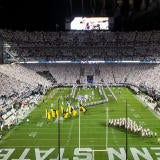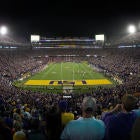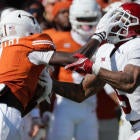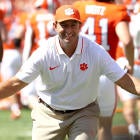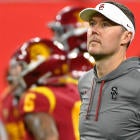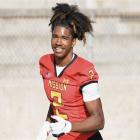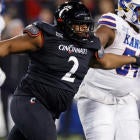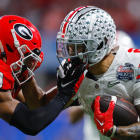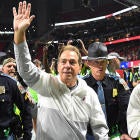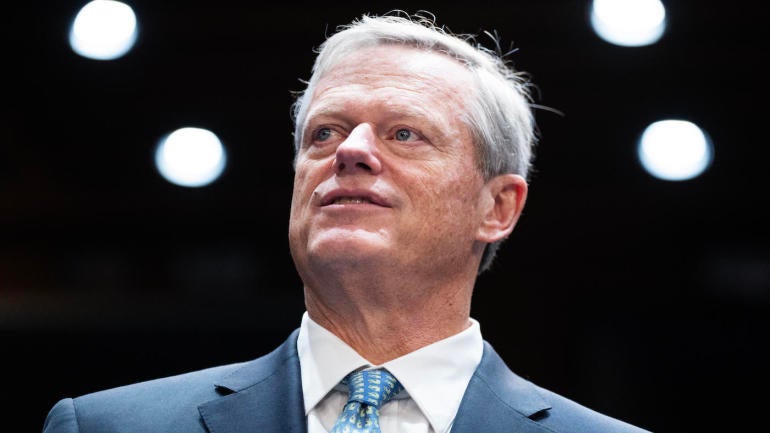
LAS VEGAS -- When Charlie Baker was named NCAA president in December 2022, the message directed toward him from membership was clear.
"Just do something," Baker said Monday during remarks at the annual National Association of Collegiate Directors of Athletics.
Baker did more than that, taking a victory lap of sorts before approximately 3,000 attendees in a packed ballroom at the Mandalay Bay Convention Center. During what amounted to a 40-minute state of the union speech, Baker attempted to soothe that membership in the wake of last month's House v. NCAA settlement.
"We now have an opportunity to sign off on a framework and put things behind us," Baker said in his first in-person comments since the landmark settlement.
The case settled a series of potentially crippling antitrust cases and set the NCAA on a course where it is on the brink of paying players for performance. As it stands, the NCAA and member schools are on the hook for $2.8 billion in back damages. Going forward, power-conference schools will be compelled to put aside an average of $22 million annually for the next 10 years to share with athletes.
"I certainly know it will be challenging to live up to the terms of this settlement," Baker explained. "I will say the NCAA is committed to do everything we can at the national office to find savings, generate revenue and put that toward the financial impact on schools in the years ahead.
"As you know, this case has sucked up an enormous amount of time, resources and worries for everybody, not just in Division I. If the proposed settlement is accepted, it will bind the NCAA and all the schools in D-I for the next 10 years."
Tremendous hurdles remain ahead over the next decade. While the settlement reduces the antitrust liability from those cases specifically, it doesn't keep other classes of athletes from suing on other issues. Administrators at the NACDA convention were worried about how Title IX is going to apply with roster caps likely being part of the settlement. Money would have to be reallocated to fund those larger caps, which could potentially create gender inequality.
"There are always going to be open-ended things," Baker said. "If you were to say to me what have I heard from membership literally from the moment I walked in the door, it's, 'How are you going to handle these antitrust cases that relate to employment?'"
Despite the settlement, the NCAA stopped short of agreeing to collectively bargain with athletes possibly leading toward an employee-employer relationship. The NCAA is still seeking a carve out from Congress for antitrust exemption to enforce its rules and/or carve out allowing collective bargaining without players being declared employees.
If that occurs at all, it probably won't happen until next year as the Congressional session is nearing an end.
Baker wouldn't go as far as predicting U.S. District judge Claudia Wilken, who is overseeing the settlement, will approve it 100% as written. However, the settlement is expected to progress quickly, possibly being preliminarily finalized by early July. Any benefits to current athletes probably wouldn't arrive until fall 2025.
Wilkin has overseen some of the biggest antitrust cases over the NCAA in the last decade.
"The one thing I do know is probably nobody has been more closely identified with these issues than she has the last 10 years," Baker said. "She's clearly [the best] person on the bench to be looking at this. That experience, that history makes me think that she'll take everything she gets seriously, but I wouldn't dream of predicting how she's going to land on this."

